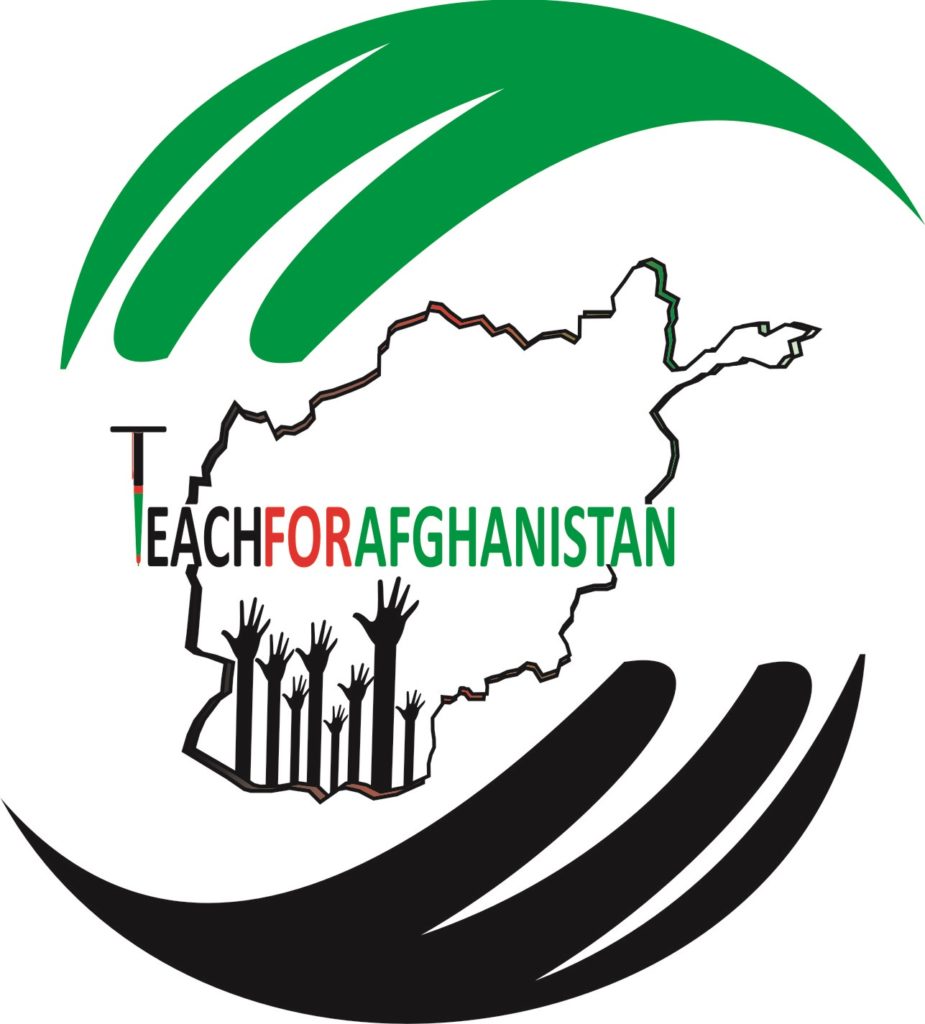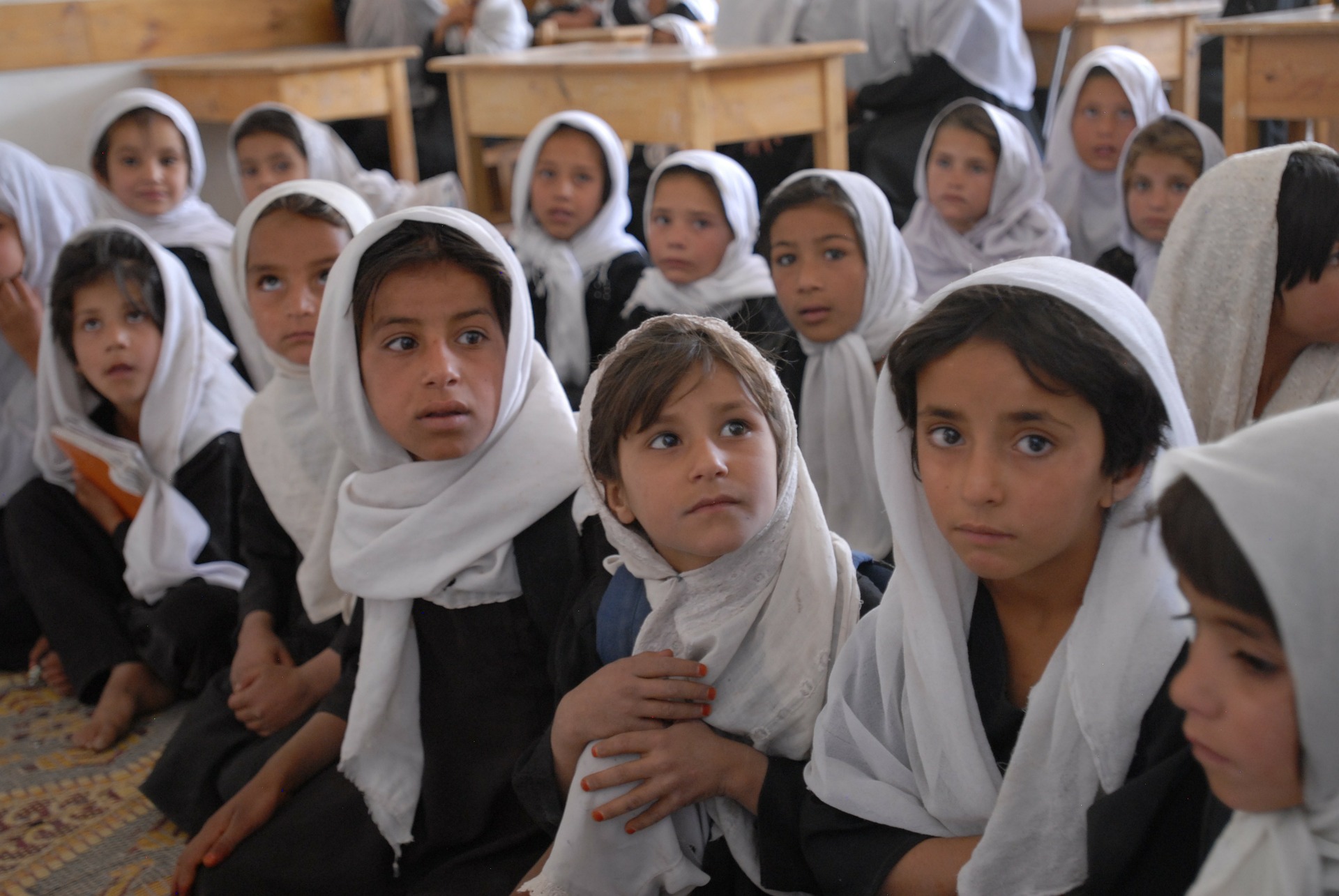 In an effort to improve access to quality education, many countries have drafted talented young graduates to serve as teachers in areas that are underserved. Today, this model is taking off on a global scale due to the efforts of Teach for All, an international nonprofit that has spent the last decade working with local partners to connect motivated and inspiring teachers with students in some of the world’s most disadvantaged countries, including Afghanistan. Read on for six facts about this organization and its local affiliate, Teach for Afghanistan.
In an effort to improve access to quality education, many countries have drafted talented young graduates to serve as teachers in areas that are underserved. Today, this model is taking off on a global scale due to the efforts of Teach for All, an international nonprofit that has spent the last decade working with local partners to connect motivated and inspiring teachers with students in some of the world’s most disadvantaged countries, including Afghanistan. Read on for six facts about this organization and its local affiliate, Teach for Afghanistan.
-
Teach for All is a global network with local roots.
Teach for All believes that meaningful and sustainable change needs to be led by people rooted in their culture who understand the unique challenges and opportunities facing youth in their own communities. That’s why Teach for All doesn’t bring in teachers from elsewhere, but works with local partners to recruit and place community-oriented educators who themselves have experienced the inequities that they aim to address in the classroom.
-
Teach for All supports teachers so that they can support students.
Teachers are most effective in the classroom when they have received comprehensive instruction and training, something that is not always the case in countries or regions with struggling postsecondary education systems. Teach for All supports participants by offering training and ongoing coaching opportunities so that teachers have the opportunity to develop the skills and knowledge that will enable them to contribute to their communities.
-
Teach for All spans six continents and 46 countries.
Teach for All has network partners in countries ranging from Argentina and Armenia to Uganda and Ukraine. Since each one is locally led, there are some differences between networks. However, all of the partners share a commitment to a number of key program principles—such as accelerating alumni leadership and driving measurable impact—and to some common organizational design features that include building public and private sector partnerships and ensuring diverse representation and inclusiveness.
-
Teach for All networks share five core values.
In order to maintain a sense of cohesiveness and shared purpose when working across borders, Teach for All networks are guided by five core values: a sense of possibility, or the belief in the potential of all children to realize their aspirations; a dedication to being locally rooted but globally informed; a commitment to constant learning and continuous education, reflection, and improvement; diversity and inclusiveness, which seeks to ensure full participation from people of all backgrounds; and interdependence, which recognizes our shared humanity and interconnectedness.
-
Teach for Afghanistan is led by a former Teach for India volunteer.

Rahmatullah Arman, the CEO of Teach for All’s global network partner Teach for Afghanistan, was first introduced to Teach for All as a volunteer in Pune, India, where he pursued postsecondary studies after having completed secondary school in Kabul. While at the University of Pune, where he earned a bachelor’s degree in international relations and a master’s degree in international human resources management, Arman ranked among the highest-achieving students and earned a number of national and international awards at various conferences and debates. After completing his studies in 2011, Arman returned to Afghanistan, where he served in several positions with government and private sector organizations. Eventually, however, he was so inspired by his volunteer experience with Teach for All—and so dismayed by the state of his home country’s education system—that he became determined to bring the organization’s mission and model to Afghanistan.
-
Teach for Afghanistan’s first cohort was comprised of high achievers.
In 2013, Rahmatullah Arman launched Teach for Afghanistan with the support of Teach for All. At that time, Afghanistan was still struggling to recover from decades of civil conflict and challenging reconstruction. At the time, 3.6 million children were not attending school and 75% of students had dropped out by the age of 15. Moreover, half of the country’s teachers lacked qualifications. Despite this, Arman said in interviews that he was inspired by the hope and determination that he witnessed, such as schools crowded with students even though there were no chairs or desks, and families risking explosions or other security dangers just to take their children to school.
In the face of all this, Arman was determined to provide the children of Afghanistan with not only an education, but a high-quality one led by Afghans themselves. In order to achieve this goal, he set high standards for the first cohort of Teach for Afghanistan participants. Applicants were required to have a degree with marks of at least 75%, as well as communication skills and leadership experience. For the 80 available positions, Arman received 3,000 applications. All of the applicants fulfilled the criteria, and the majority were graduates of Afghan universities.

